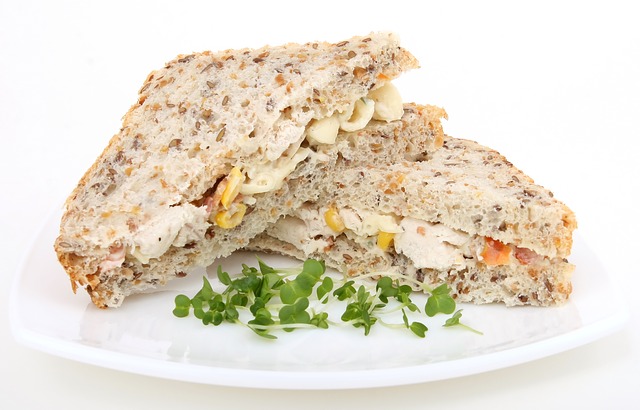Balancing Bowls: Navigating the Nutritional Needs of Multi-Pet Homes with Diverse Ages and Sizes

Pet ownership brings immense joy and companionship to our lives, and for many households, having multiple pets is a rewarding experience. However, along with the love and laughter, comes the responsibility of providing the right nutrition for each furry family member. In multi-pet households with diverse ages and sizes, managing their individual nutritional needs can be a challenge. This article aims to guide you through the process of ensuring that every pet in your home receives the proper nutrition they deserve.
Understanding the Challenge
Multi-pet households often consist of pets with varying ages, sizes, and dietary requirements. You may have a growing puppy, an adult cat, and a senior dog all under one roof. Each of these pets has specific nutritional needs that must be met to maintain their health and well-being. Failure to provide appropriate nutrition can lead to obesity, malnutrition, and various health issues.
Tips for Managing Multi-Pet Nutrition
- Consult with a Veterinarian: Start by consulting your veterinarian. They can help you create a customized feeding plan for each pet based on their age, size, activity level, and any specific health concerns.
- Read Pet Food Labels: Carefully read the labels on pet food to understand the ingredients and nutritional content. Look for foods that are appropriate for the life stage (puppy, adult, senior) and size of each pet.
- Separate Feeding Areas: To prevent competition or one pet from eating the other’s food, establish separate feeding areas for each pet. This will ensure that everyone gets their fair share.
- Scheduled Feedings: Create a feeding schedule and stick to it. This helps in monitoring each pet’s intake and prevents overfeeding or underfeeding.
- Portion Control: Measure each pet’s food portions according to their specific dietary requirements. Avoid free-feeding as it can lead to overeating.
- Special Dietary Needs: If one of your pets has special dietary needs, such as food allergies or a medical condition, make sure their diet is tailored to address those requirements.
- Monitor Weight and Health: Keep a close eye on your pets’ weight and overall health. If you notice any changes, consult your veterinarian promptly.
- Treats and Snacks: Limit treats and snacks to avoid excess calories. Choose treats that are appropriate for each pet’s age and size.
- Hydration: Ensure that fresh water is always available for your pets. Hydration is essential for their overall health.
- Regular Veterinary Checkups: Regular vet visits are crucial for assessing your pets’ nutritional needs as they age and ensuring they remain healthy.You might also want to read The Importance Of Food & Drink For Children.
Conclusion
Balancing the nutritional needs of multiple pets in a diverse household can be a juggling act, but with proper planning and guidance from your veterinarian, it is entirely achievable. Remember that each pet is unique, and their dietary requirements will change as they grow older. By staying informed and attentive, you can provide the best possible nutrition for all your beloved furry friends, ensuring they lead happy and healthy lives in your multi-pet home.


